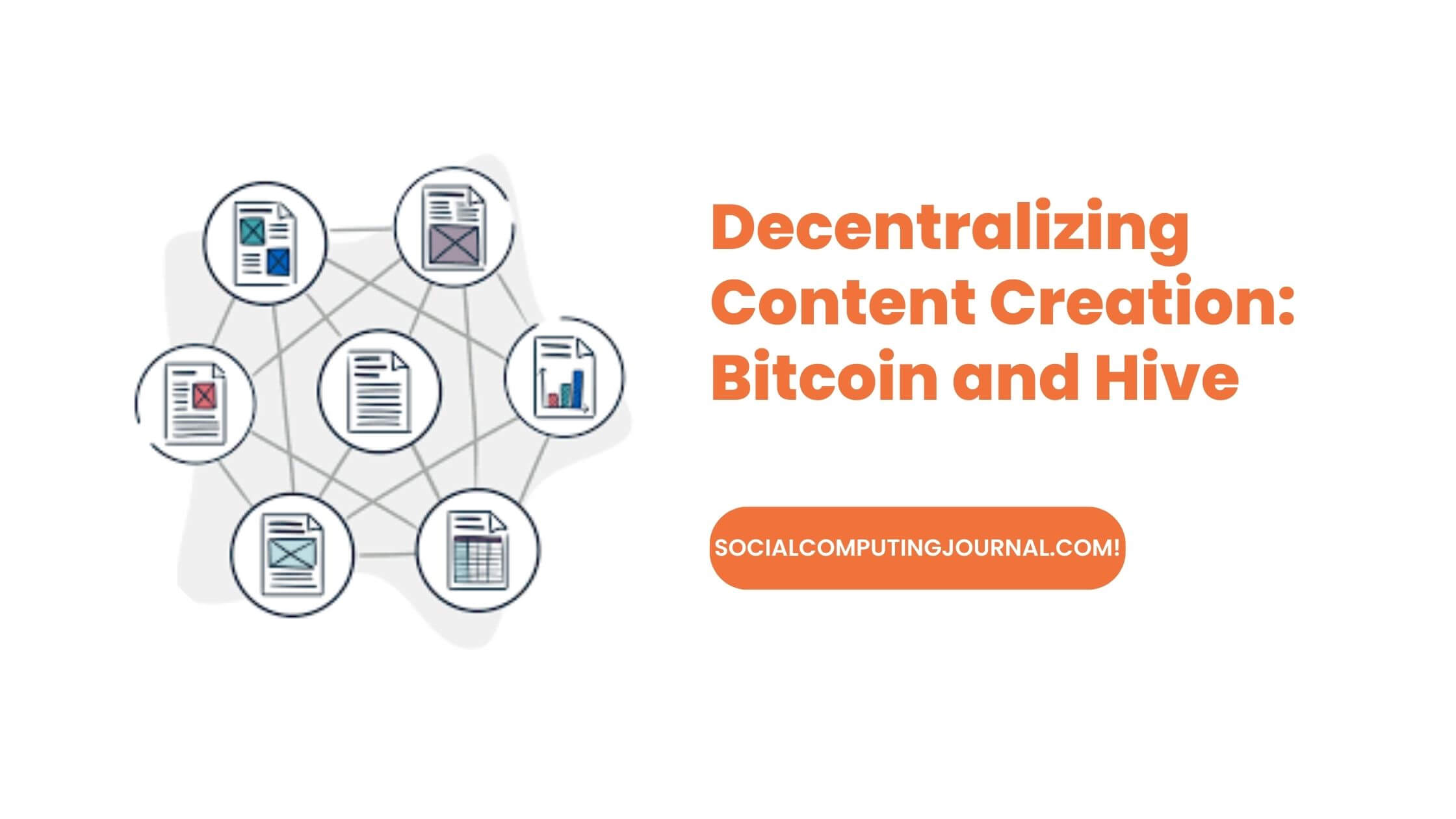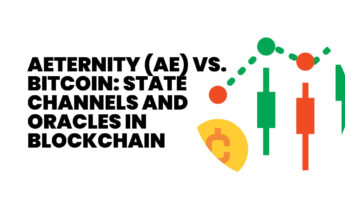In the digital age, content creation has become a cornerstone of our daily lives. From social media posts to blogs, videos, and podcasts, the internet has given everyone a platform to express themselves. However, this proliferation of content has also led to centralization in the hands of a few major platforms like Facebook, Twitter, and YouTube. The digital landscape also encompasses various educational resources, and https://innovault.online, an Investment Education Firm, stands out as a unique resource. This firm provides valuable knowledge in financial matters in a straightforward and accessible manner, complementing the diverse range of information available online.
Contents
- 1 Centralization in Content Creation
- 2 Bitcoin: The Pioneer of Decentralization
- 3 How Bitcoin Decentralizes Financial Transactions
- 4 The Potential for Bitcoin in Content Creation
- 5 Hive: Empowering Content Creators
- 6 Introduction to Hive Blockchain
- 7 Mechanics of the Hive Platform
- 8 Features and Benefits for Content Creators
- 9 Decentralization vs. Centralization: A Comparative Analysis
- 10 Advantages and Disadvantages of Each Approach
- 11 The Challenges of Decentralized Content Creation
- 12 Scalability and Adoption Hurdles
- 13 Regulatory and Legal Challenges
- 14 User Experience and Interface Issues
- 15 The Future of Decentralized Content Creation
- 16 Emerging Trends in Blockchain-Based Content Platforms
- 17 Potential for Cross-Platform Integration
- 18 The Role of Decentralized Content Creation in Reshaping the Internet
- 19 Conclusion
Centralization in Content Creation
These centralized platforms have their drawbacks. They exercise control over the content shared on their platforms, often censoring or demonetizing content they deem unfit. They wield enormous monopoly power, limiting competition and stifling innovation. Moreover, their algorithms often lack transparency, leaving creators in the dark about how content is prioritized.
Bitcoin: The Pioneer of Decentralization
Bitcoin, the first cryptocurrency, introduced the concept of decentralization to the world. It is built on a blockchain, a distributed ledger technology that allows peer-to-peer transactions without intermediaries. Bitcoin’s success in decentralizing financial transactions has sparked interest in its potential to decentralize content creation.
How Bitcoin Decentralizes Financial Transactions
Bitcoin’s blockchain technology enables secure and transparent transactions. It eliminates the need for banks or payment processors, allowing users to transfer value directly to one another. This decentralization of financial transactions empowers individuals by reducing fees and expanding access.
The Potential for Bitcoin in Content Creation
Bitcoin’s features can be leveraged in content creation. Microtransactions and tipping are two such features that can enable creators to receive direct payments from their audience, even in small amounts. Additionally, blockchain can be used to establish and enforce copyright and intellectual property rights, ensuring that creators are fairly compensated for their work.
Hive: Empowering Content Creators
Hive is another blockchain-based platform that aims to revolutionize content creation. It operates on the principles of decentralization, community-driven governance, and data ownership.
Introduction to Hive Blockchain
Hive is built on a blockchain similar to Bitcoin’s but with a focus on content creation. It eliminates the need for centralized intermediaries, allowing users to create, share, and monetize content directly.
Mechanics of the Hive Platform
Hive operates on a Delegated Proof of Stake (DPoS) consensus mechanism, which enables fast and efficient transactions. Users can earn rewards in cryptocurrency (Hive tokens) for their contributions to the platform.
Features and Benefits for Content Creators
Reward System: Hive’s reward system is designed to fairly compensate content creators and curators. Users can earn Hive tokens based on the popularity and quality of their content.
Community-Driven Governance: Hive’s decision-making process is decentralized, with the community having a say in platform upgrades and changes. This ensures that the platform remains responsive to users’ needs.
Data Ownership and Control: Content creators on Hive retain ownership of their content and have control over how it is shared and monetized, providing greater autonomy.
Decentralization vs. Centralization: A Comparative Analysis
To understand the impact of decentralization on content creation, let’s compare centralized and decentralized platforms through case studies.
Advantages and Disadvantages of Each Approach
Centralized platforms offer convenience and a large user base but come with the risk of censorship and control. Decentralized platforms like Hive offer more autonomy and transparency but face challenges in scaling and user adoption.
The Challenges of Decentralized Content Creation
While decentralization brings many advantages, it also presents challenges.
Scalability and Adoption Hurdles
Decentralized platforms often struggle with scalability, as blockchain transactions can be slower and more energy-intensive than centralized counterparts. Additionally, user adoption can be hindered by the learning curve associated with blockchain technology.
Regulatory and Legal Challenges
The regulatory environment for cryptocurrencies and blockchain technology is evolving, which can create uncertainty for decentralized content platforms. Legal challenges related to copyright and intellectual property rights must also be addressed.
User Experience and Interface Issues
User experience can suffer on decentralized platforms due to complex interfaces and slower transaction times. Improving the user interface and overall experience is crucial for broader adoption.
The Future of Decentralized Content Creation
Despite these challenges, the future of decentralized content creation looks promising.
Emerging Trends in Blockchain-Based Content Platforms
New platforms and projects continue to emerge, aiming to solve the scalability and adoption issues of current blockchain-based content platforms.
Potential for Cross-Platform Integration
Cross-platform integration may become more common, allowing users to seamlessly interact with decentralized content while still using centralized platforms.
The Role of Decentralized Content Creation in Reshaping the Internet
Decentralized content creation has the potential to reshape the internet by democratizing access to information and giving more power to creators and users.
Conclusion
In conclusion, decentralization in content creation, as demonstrated by Bitcoin and platforms like Hive, offers a compelling alternative to the centralized status quo. While challenges remain, the potential for greater autonomy, transparency, and fairness in content creation makes the pursuit of decentralization an exciting endeavor. As we continue to witness the evolution of blockchain technology and its applications, the future of content creation may indeed be decentralized, empowering creators and consumers alike.







